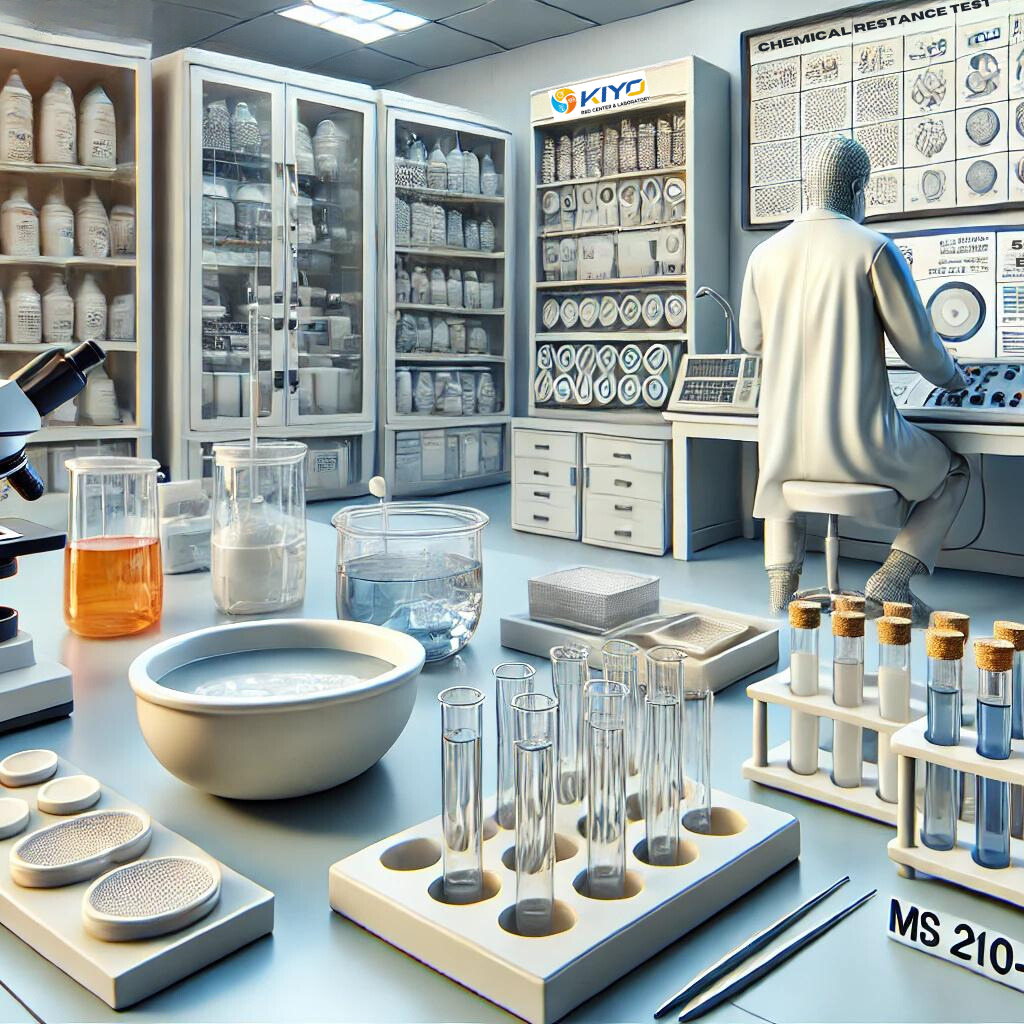Chemical resistance testing plays a vital role in evaluating how materials, especially polymers, withstand exposure to various chemicals. The MS 210-05 standard provides a comprehensive method for such assessments, ensuring materials can maintain their integrity and performance in challenging environments. This blog explores the essentials of chemical resistance testing as per MS 210-05, the testing process, and its significance across different industries.
In many industrial applications, materials are subjected to harsh chemical environments that can lead to degradation. Chemical resistance testing is essential for:
The MS 210-05 standard outlines a systematic approach to evaluate the chemical resistance of materials. This standard is primarily applied to plastics and elastomers, providing a clear framework for testing and analysis.
The MS 210-05 standard specifies a detailed process for testing chemical resistance, which includes the following steps:
Chemical resistance testing is crucial in multiple industries, ensuring materials can withstand specific chemical environments without significant degradation:
Adherence to the MS 210-05 standard is essential for maintaining material integrity and performance in chemically aggressive environments. This standard provides a robust methodology for evaluating chemical resistance, enabling industries to:
Chemical resistance testing according to the MS 210-05 standard is a critical process in material science, helping industries to ensure the durability, safety, and performance of materials in chemical environments. By following this standard, manufacturers can confidently choose materials that will meet their needs and regulatory requirements, ultimately leading to the production of reliable and safe products.
Exploring the specifics of MS 210-05 and its testing procedures offers valuable insights into the importance of chemical resistance testing and its impact on various industries.

For quotation or visit